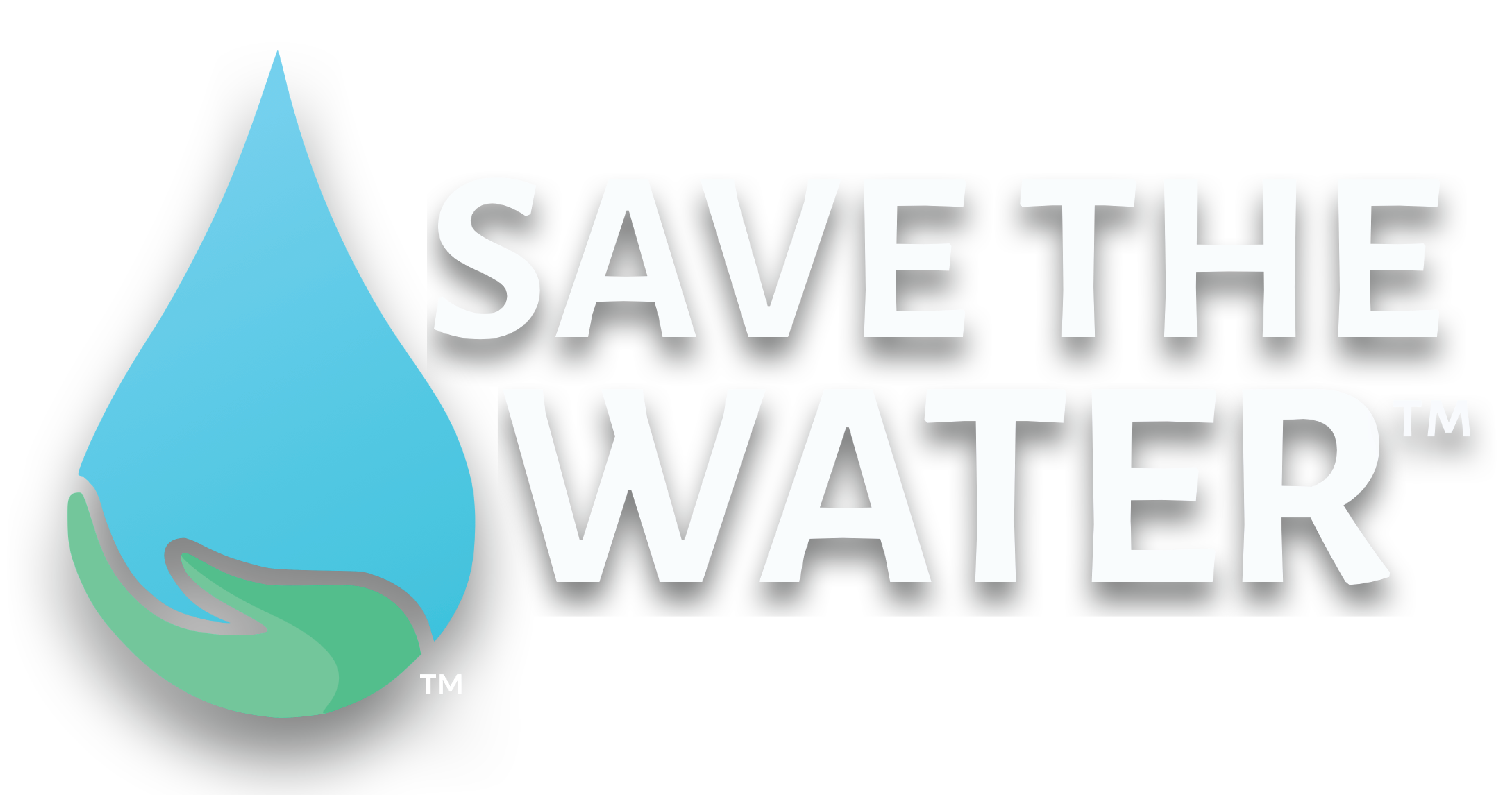By Rita Evelyne Joshua, Publishing Associate: Researcher and Writer at Save the Water™ | April 10, 2025
Edited by Muhammad Afridi, Publishing Project Leader at Save the Water™
Recent tests revealed the presence of harmful Per and Polyfluoroalkyl Substances (PFAS) chemicals in a private drinking water well in Warren County, New Jersey. This was scary for the people living in the neighbourhood. These PFAS, also known as “forever chemicals”, are linked to cancer, immune system suppression, and developmental issues in children. Recent findings showed they exceeded regulatory safety limits. Thus, this reveals a bigger problem with PFAS in rural water across New Jersey, where the tanning industry left behind pollution that has stayed in the ground for years. As a result, it is necessary to test for PFAS in private drinking wells quickly.
Private Drinking Water Wells
Public water systems provide drinking water to 90 percent of the people in the United States, while the remaining 10 percent use private wells. These wells are recharged by local aquifers, streams, and lakes. Furthermore, unlike public water systems that are well-regulated by the Safe Drinking Water Act (SDWA), no such guidelines exist for private wells. These wells are open to potential contamination by natural and human activities, which include inorganic, organic, and microbial contaminants when not maintained properly. As a result, it’s a good idea for owners to consider testing their well water for contamination before using it for drinking or cooking.
PFAS Contamination in Well Water
The United States Environmental Protection Agency (EPA) says PFAS are long-lasting and cancer-causing pollutants. People use them in food packaging, water-resistant coatings, paints, and many home care and industrial products. PFAS enter well water from wastewater leaks, runoff from factories, landfills, waste treatment plants, military bases, and airports that use certain fire retardants. These man-made chemicals resist water, oil, grease, and heat, and they have a special molecular structure with strong carbon-fluoride bonds.
Recent sampling of private and public well water across the US has revealed PFAS contamination in several states, including New Jersey, Michigan, New York, Rhode Island, and North Carolina. Moreover, researchers have detected higher PFAS concentrations in shallow wells, which contain perfluorooctanoic acid (PFOA), perfluorononanoic acid (PFNA), and other related compounds.
Impact On Human Beings
Many studies show that PFAS spreads into the environment and moves up the food chain through a process called biomagnification. They cause long-term harm to people and nature. Below are examples of potential health problems caused by long-term exposure to PFAS:
| Affected Health Condition | Explanation |
| Reproduction & Development | PFAS can lower fertility, raise blood pressure in pregnant women, and lead to birth defects. |
| Immune System | PFAS weakens the immune system, increasing the risk of infections and diseases and reducing vaccine effectiveness. |
| Hormones & Metabolism | PFAS disturbs hormone and cholesterol levels. |
| Cancer | Long-term exposure leads to cancers of the pancreas, kidney, liver, prostate, and testicles. |
Thus, these results show that we need to act fast to reduce PFAS contamination.
Treatment
PFAS compounds have no smell or taste, don’t change the color and appearance of water, so you can’t notice them without special tests. These tests can only be done by certified labs.
Filtration is a commonly recommended method to remove PFAS. Water filtration units such as reverse osmosis, ion filtration, and granular activated carbon can be used to treat PFAS-contaminated well water. Two primary treatment processes can be effectively used to remove PFAS contamination:
- Point-of-Use Treatment (POUT): Water pitchers with filters, dispensers with filters, and filters for kitchen sinks, showers, and refrigerators can treat water. This method treats water only in specific appliances with filters.
- Point of Entry Treatment (POET): A whole-house treatment system, which treats the well water used throughout.
Future of Well Water & PFAS
The future of PFAS treatment looks promising, as state and federal agencies are moving fast to clean up polluted sites. The US EPA set maximum contaminant levels to limit PFAS in the environment.
Moreover, in 2023, the “PFAS Strategic Roadmap” was started to cut down production of materials containing PFAS, improve testing for PFAS contamination, and reduce PFAS in the environment. The agency also updated the Safe Drinking Water Act (SDWA) and started the Emerging Contaminants in Small or Disadvantaged Communities (EC-SDC) and the Small, Underserved, and Disadvantaged Communities (SUDC) grant programs. This helped well owners in small or disadvantaged communities test their private wells for PFAS.
In addition, at the same time, government officials at both levels are checking public and private wells to track contamination and have stricter rules to lower PFAS use. As a result, this can create a cleaner and safer future for everyone.




